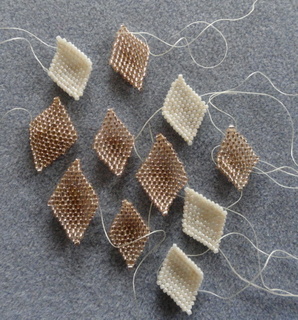Last night I watched a nature documentary narrated by David Attenborough called Planet Earth. In this particular episode stunning footage captured the moments when a pride of lions stalked and ambushed a young elephant overcoming the large animal and feasting upon it hungrily.
The enemy of the elephant however is not the lion but humans. They are hunted for their tusks as the demand for ivory increases worldwide. Elephant ivory is the most commonly used ivory for jewellery.
Another form of jewellery produced from elephants is the elephant hair bangle. No elephants are harmed or killed in the making of these bracelets. They are made from the tail of the elephant and are found in the wild after being shed from the their tails.
The hairs found in the wild can be as long as a metre and vary in colour from brown to black and sometimes white. Artists then use these hairs to weave them into bangles complete with sliding knots. The two knots on the bangle create a balance between earth and nature creating harmony between the wearer and the forces of nature.
Elephant hair bangles are rich in symbolic meaning. It is believed that wearing an elephant hair bangle will bring you luck and good fortune and you will enjoy a prosperous and healthy life.
Until next time,




























